.jpg&w=800&q=75)
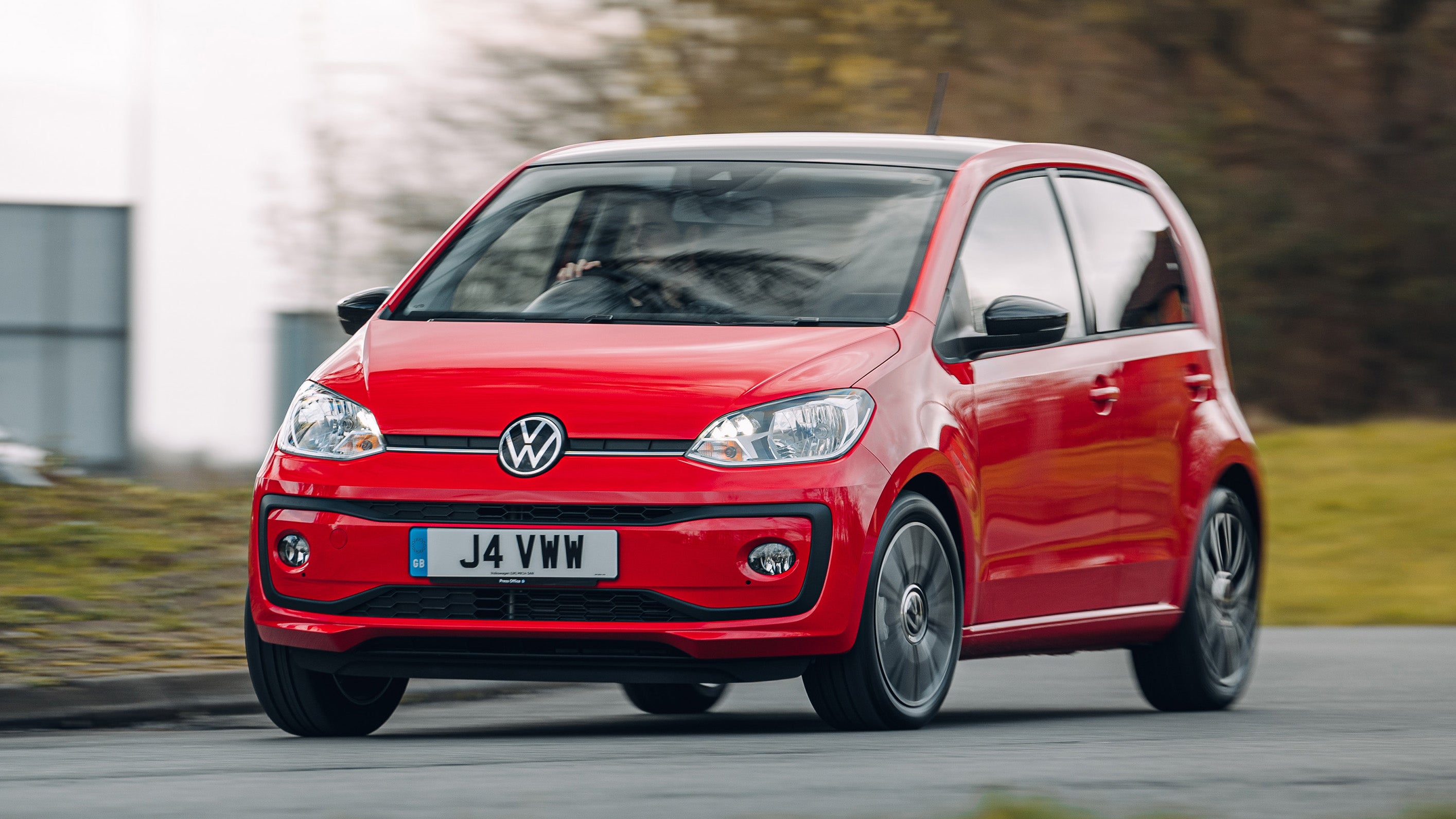
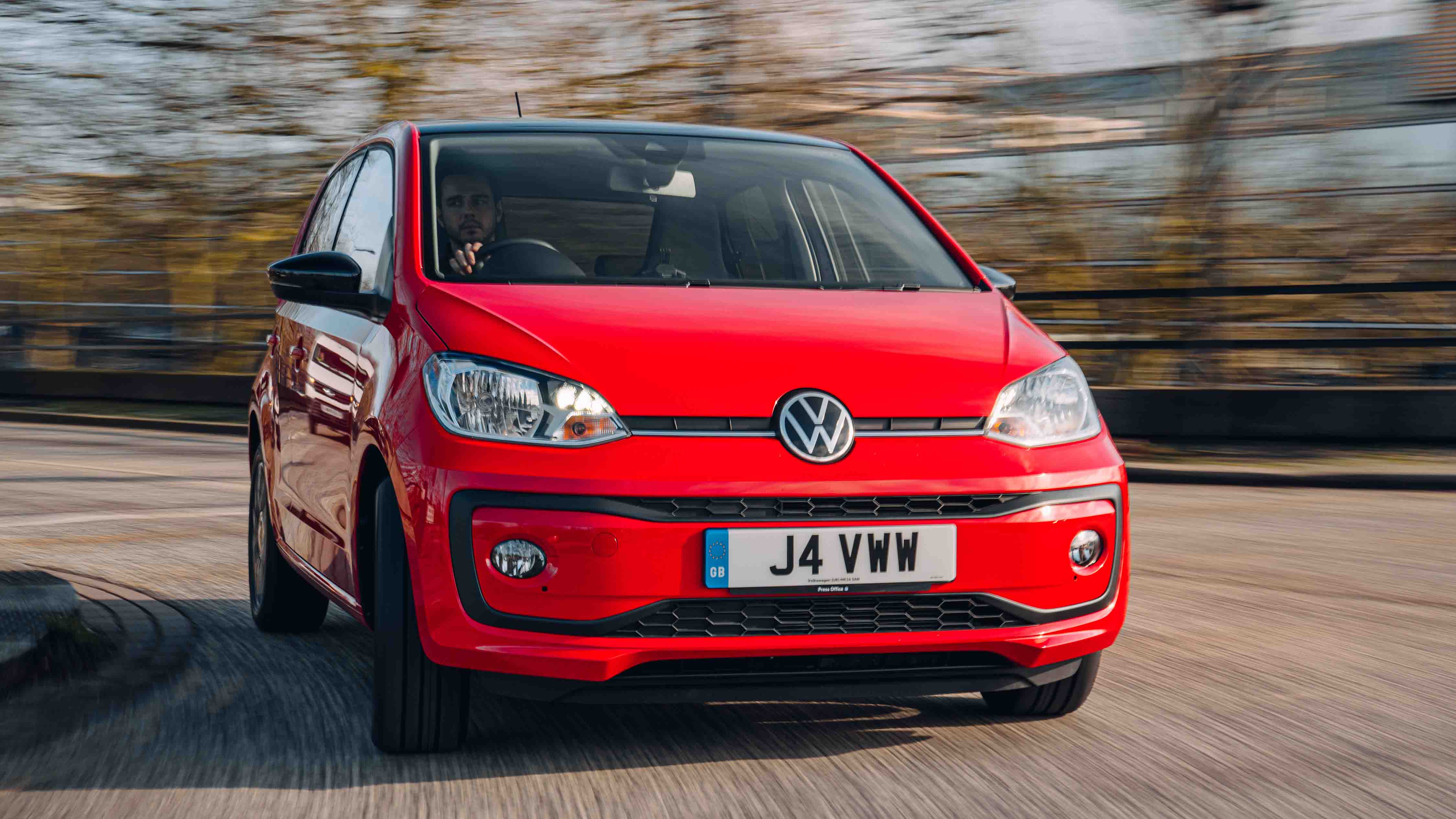
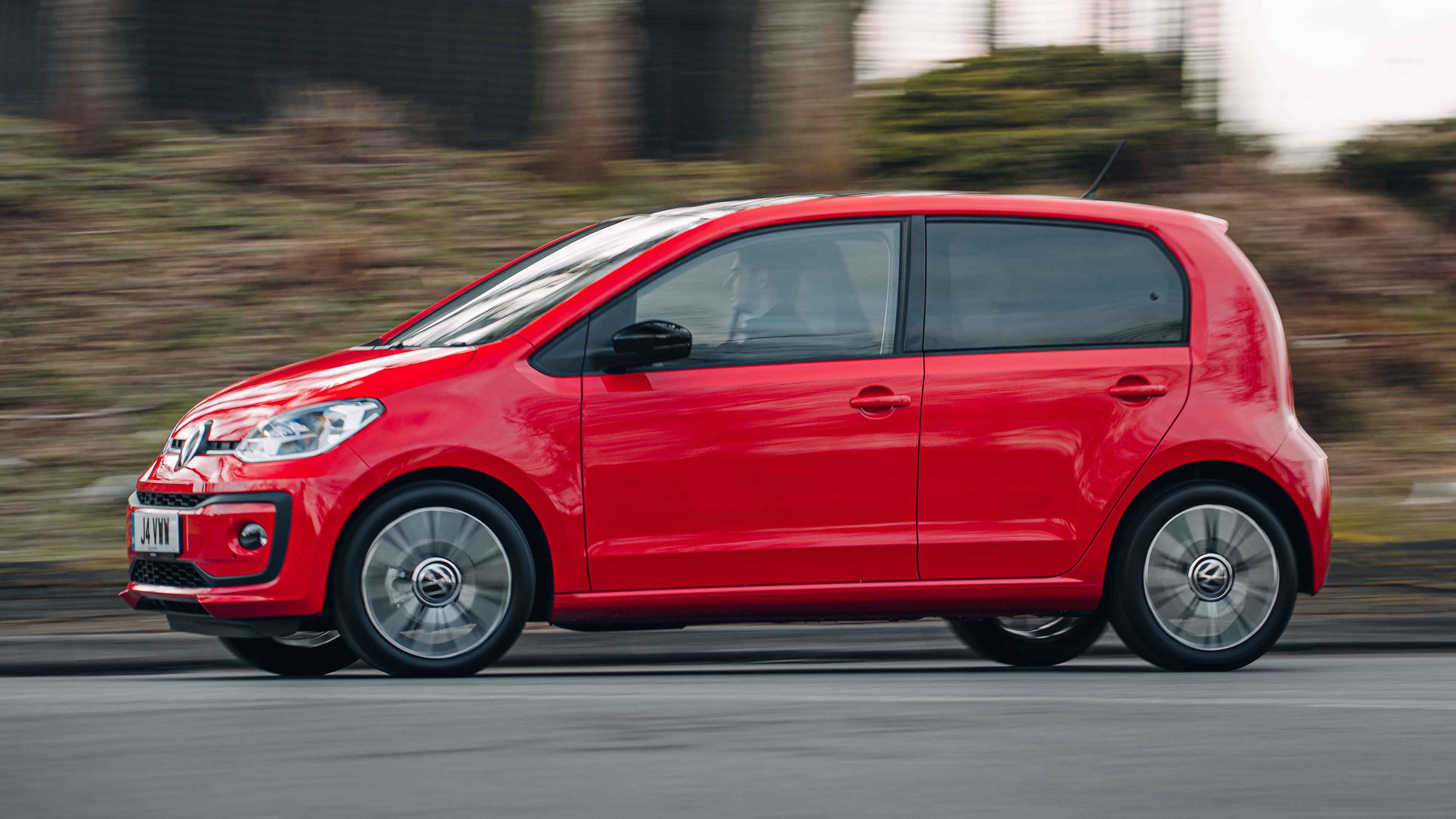
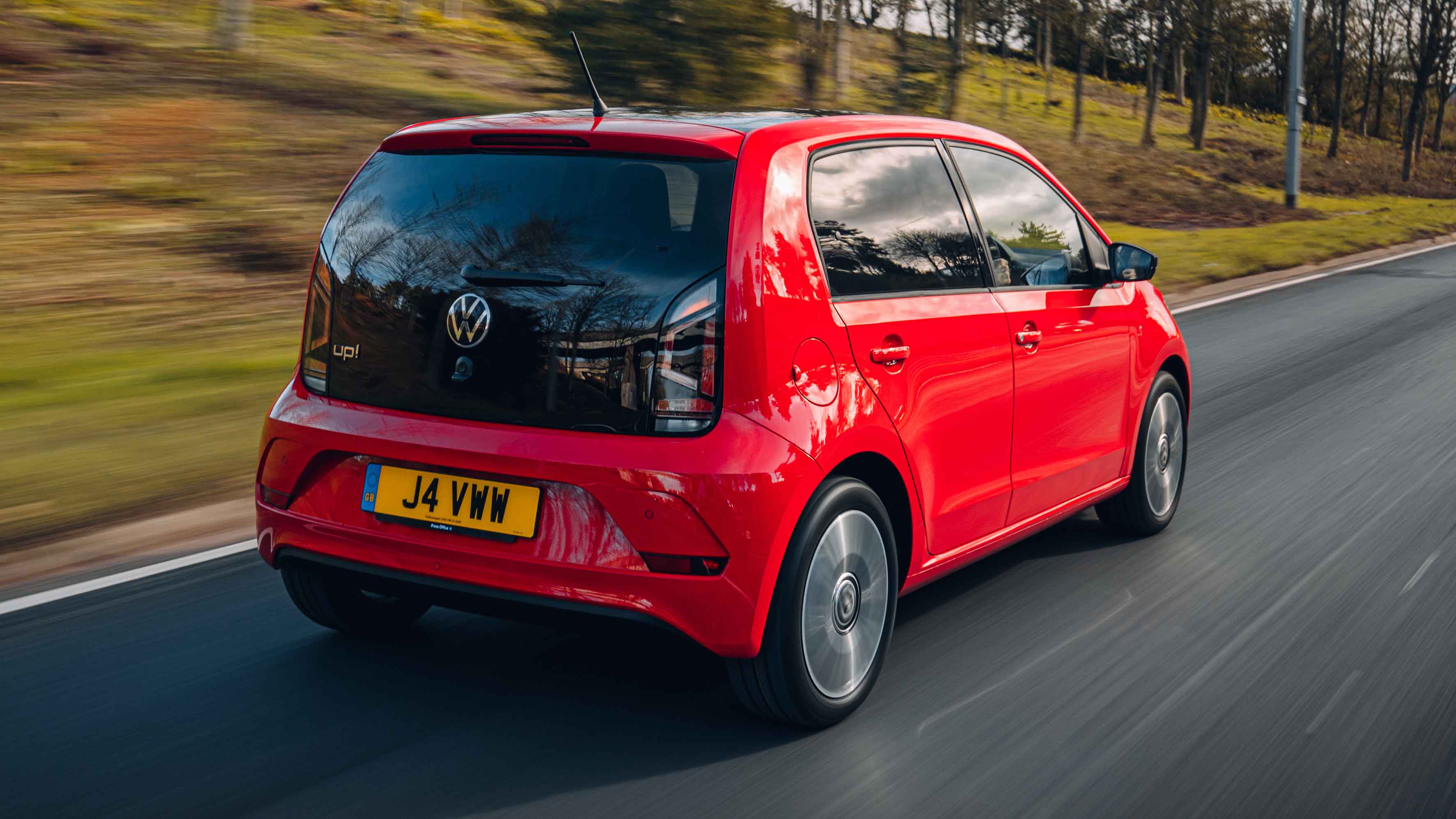
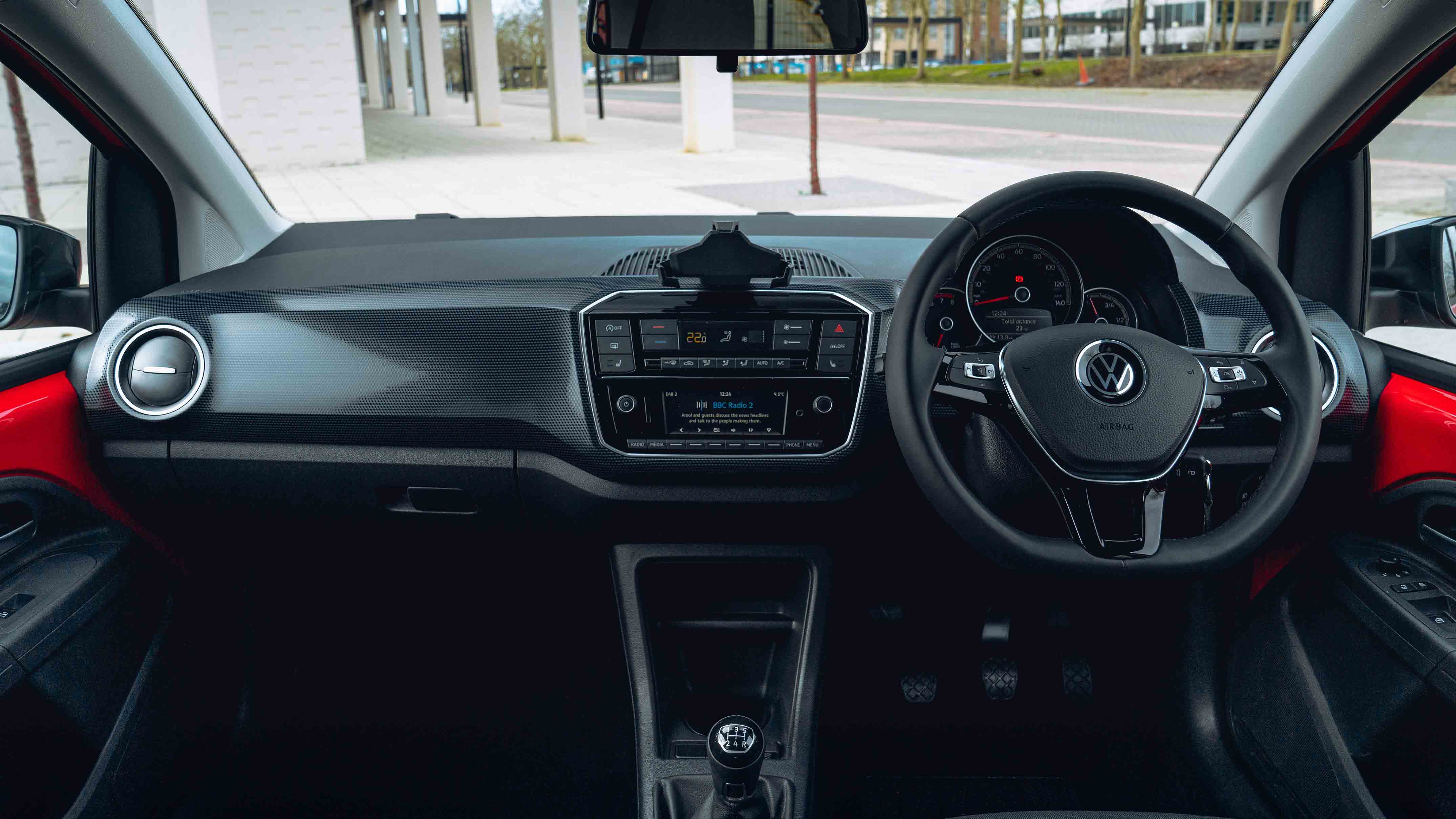
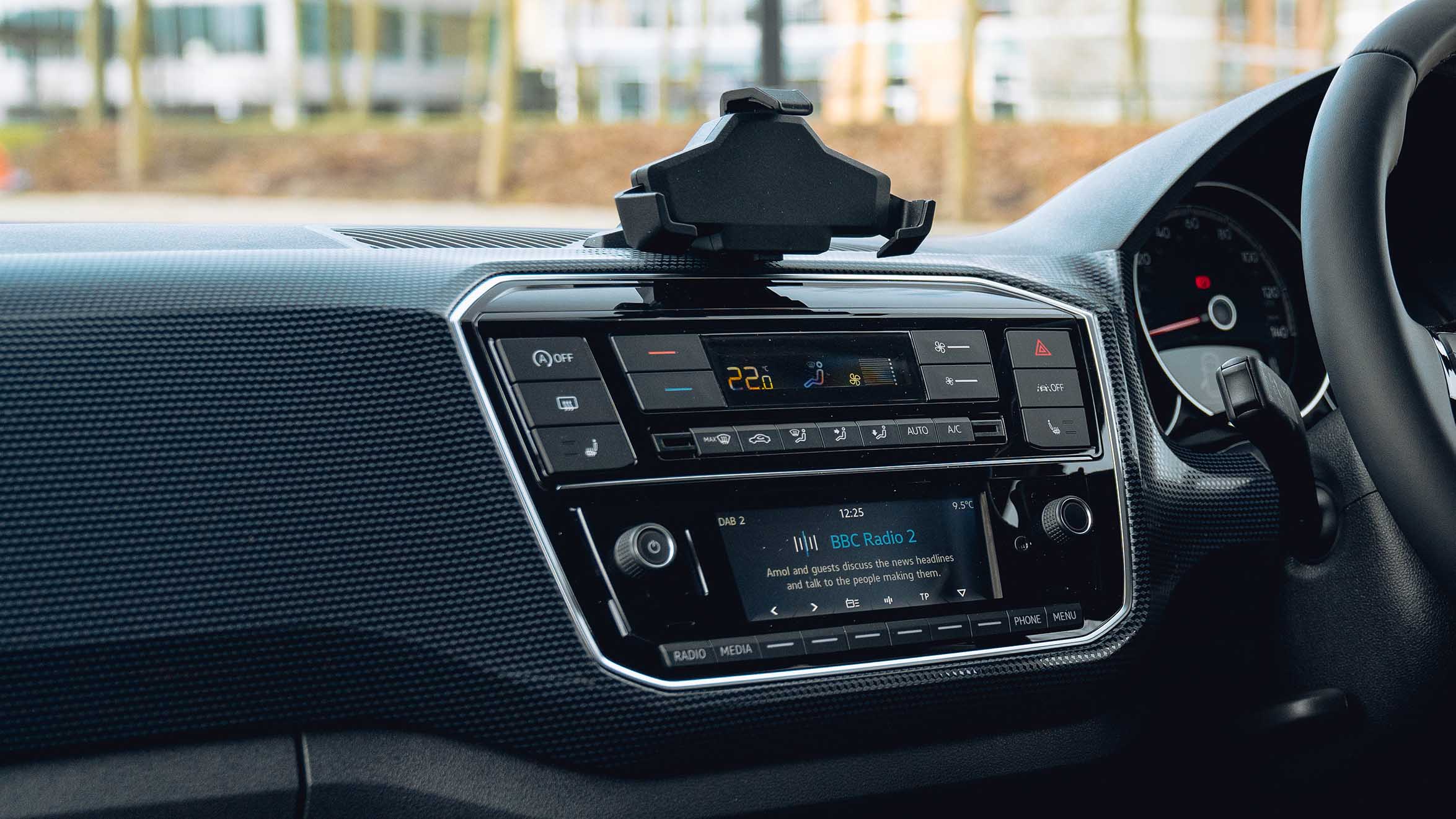
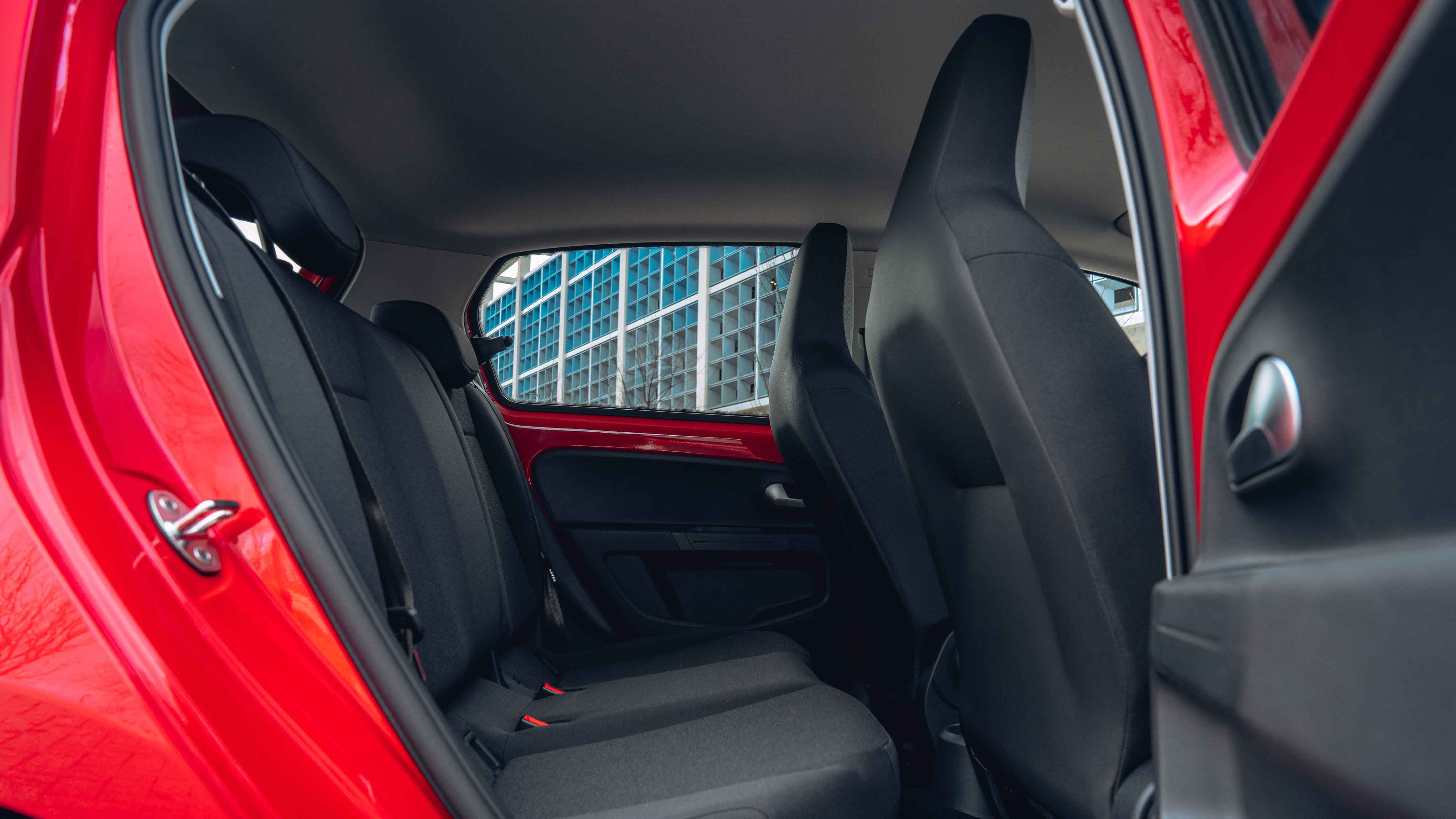
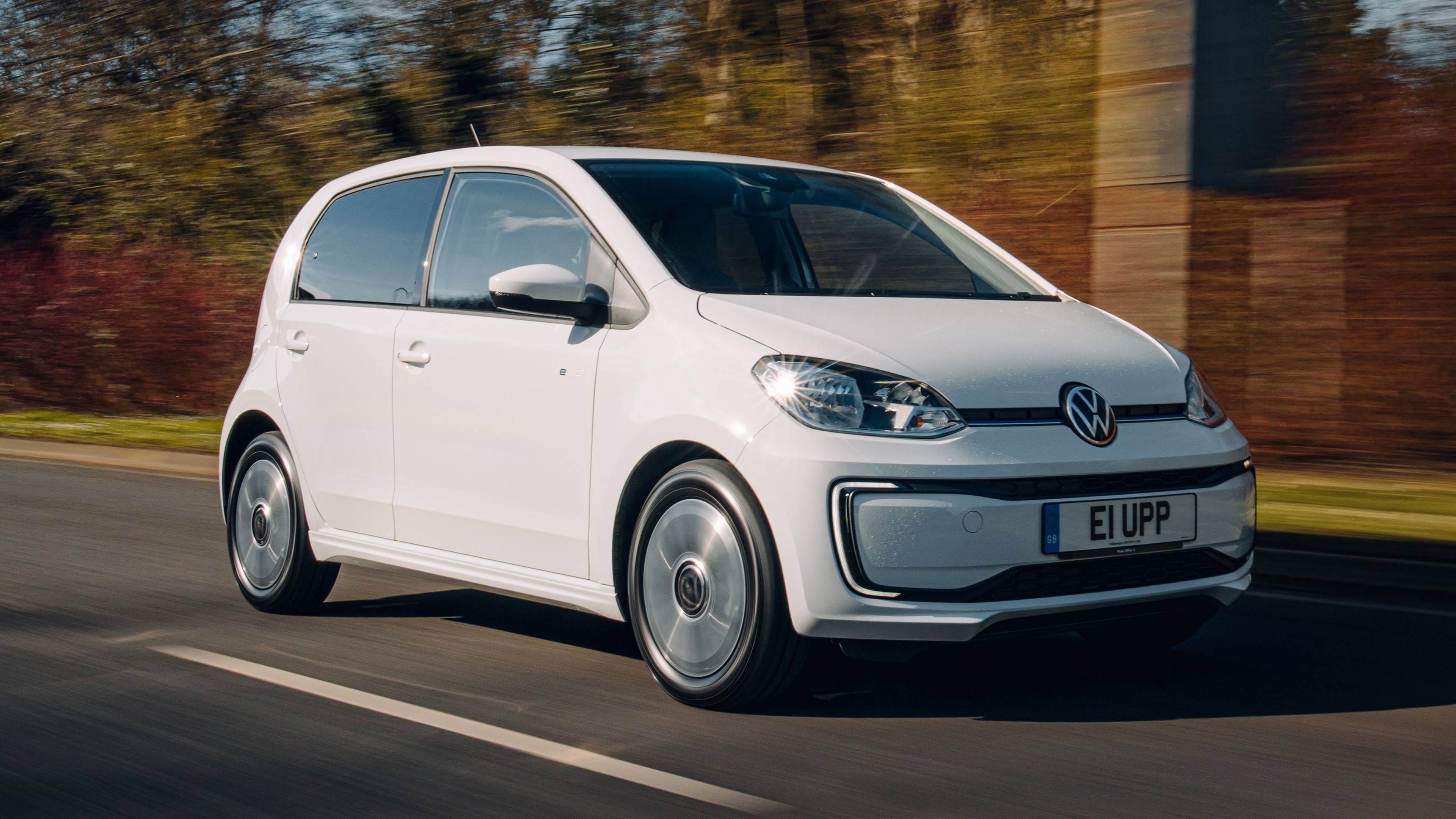
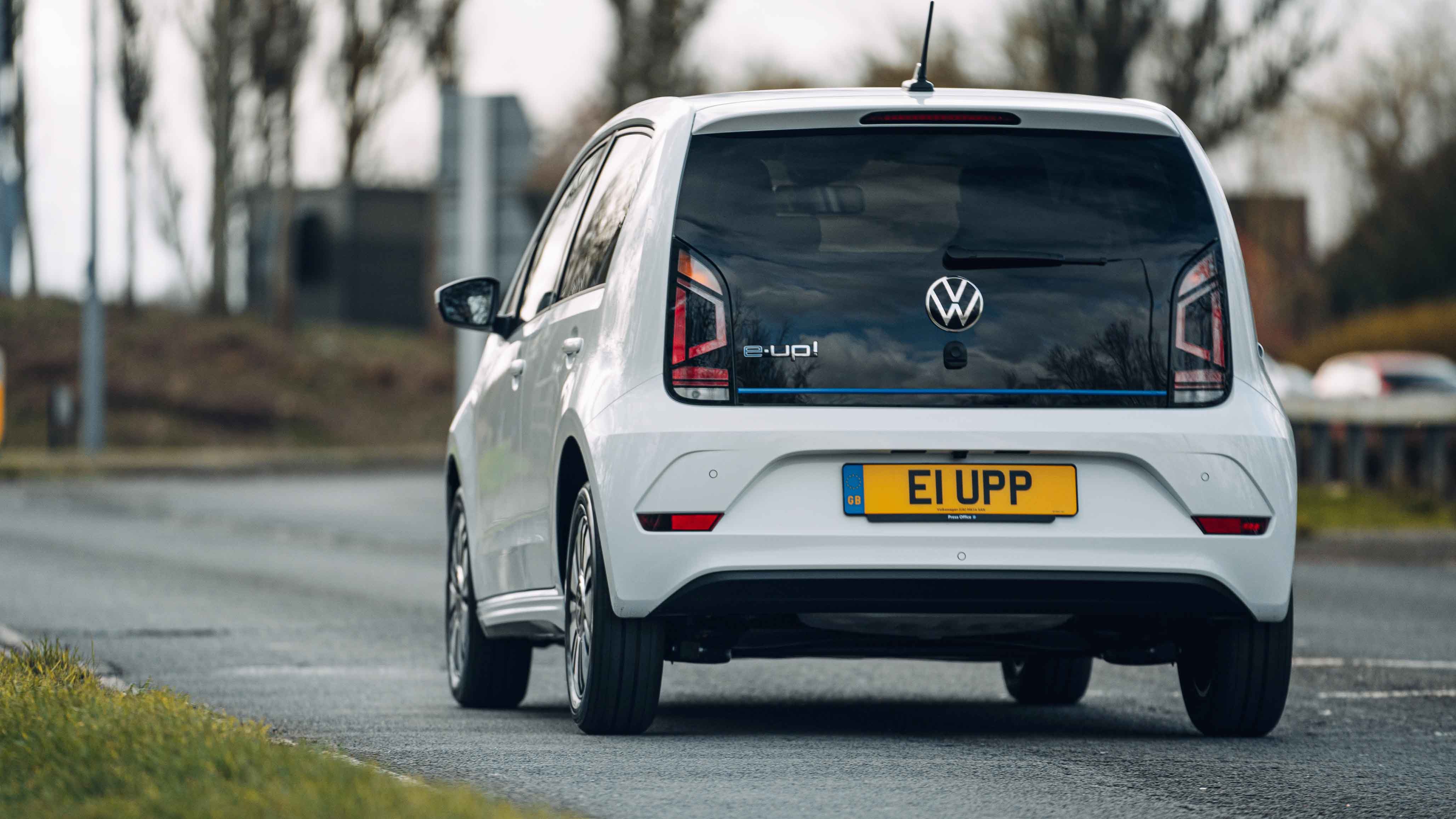
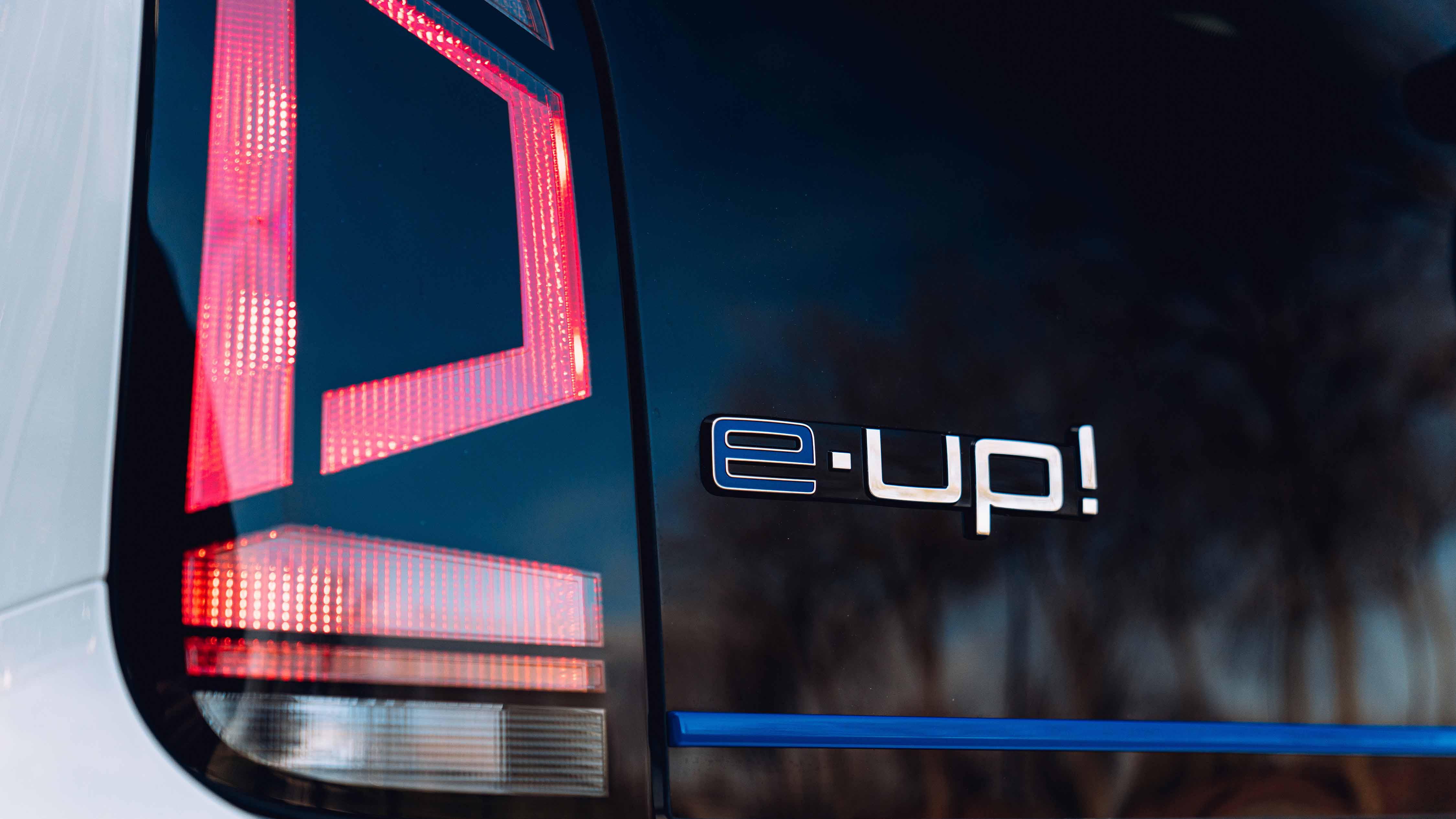
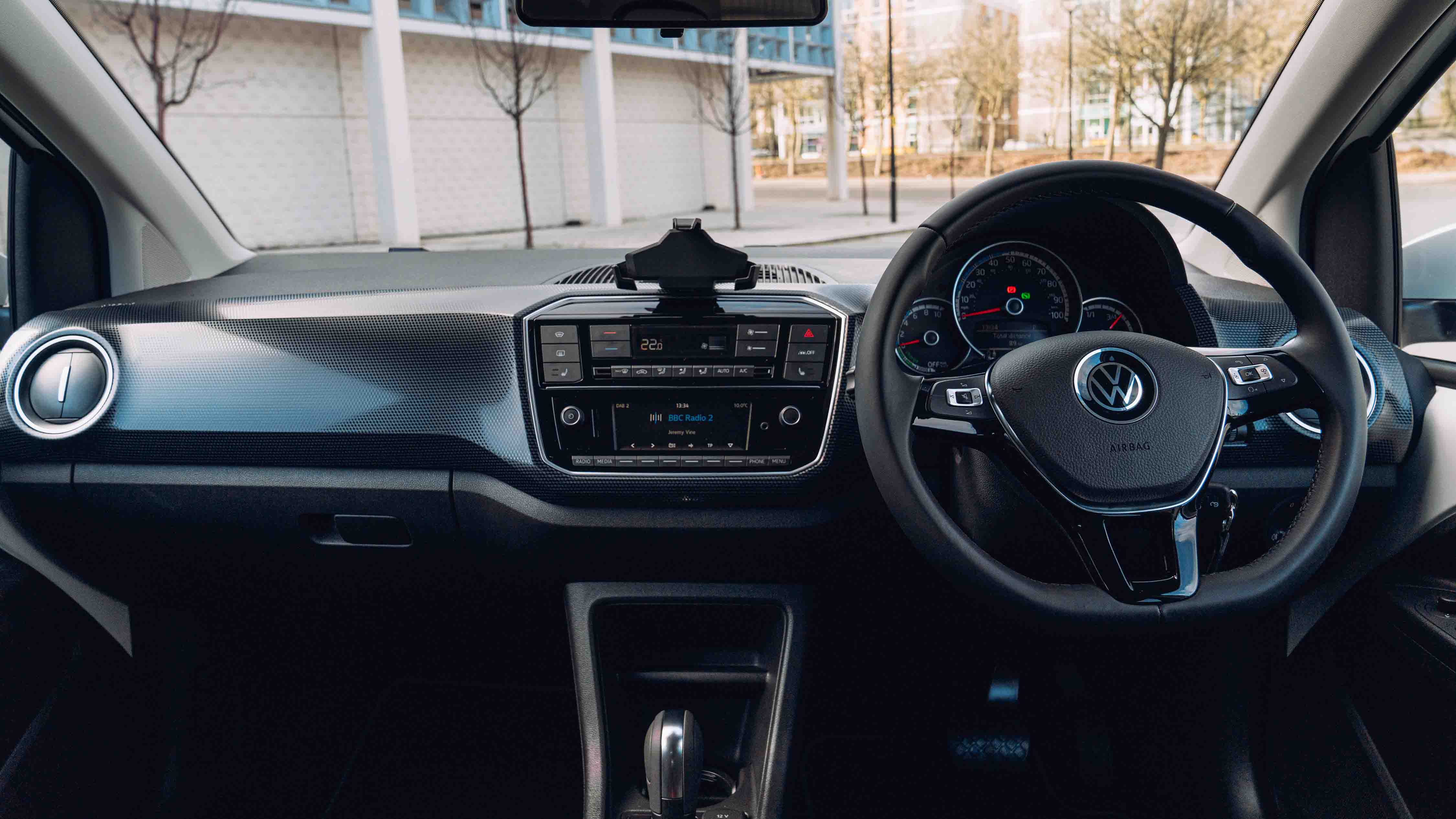
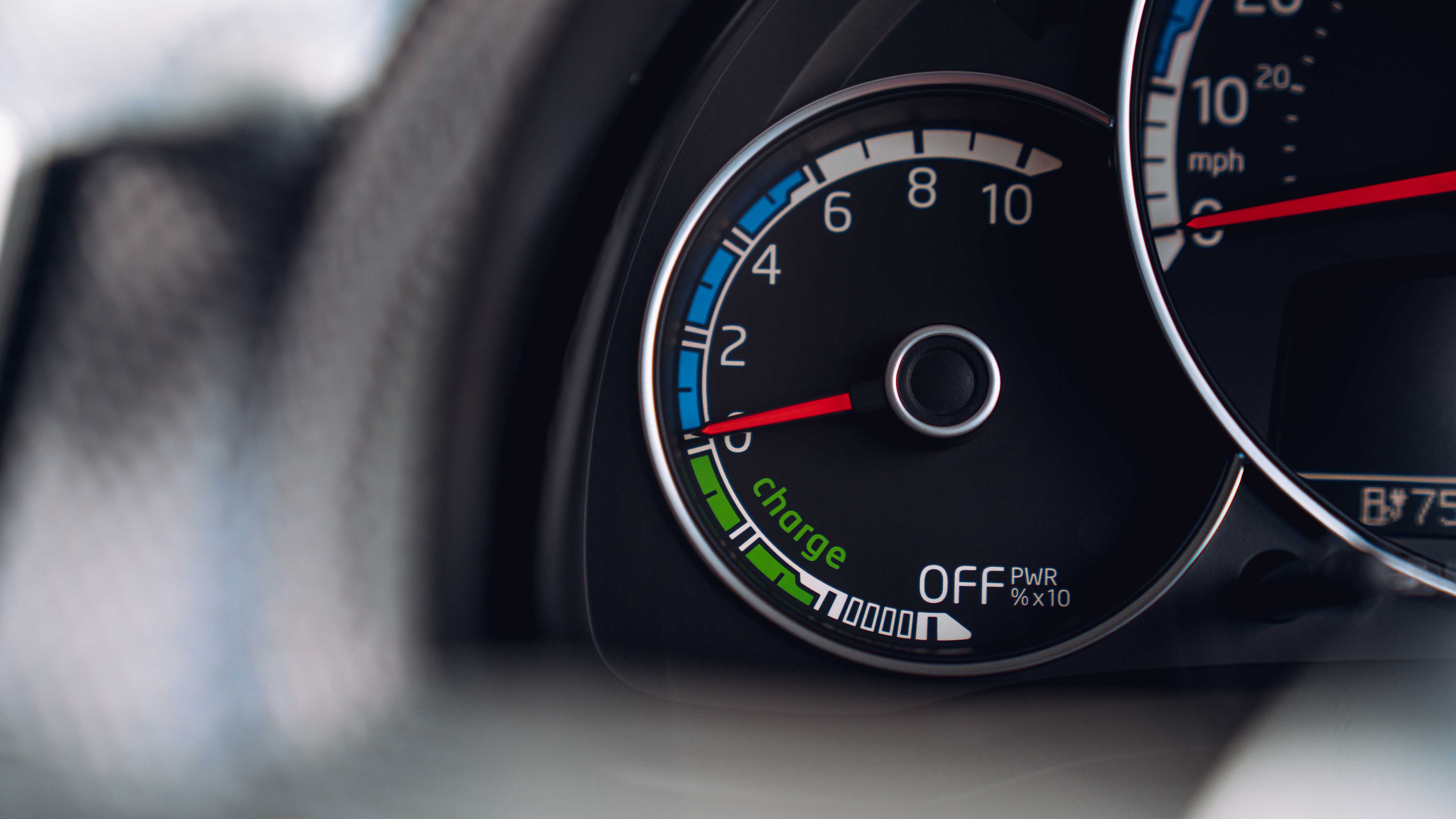
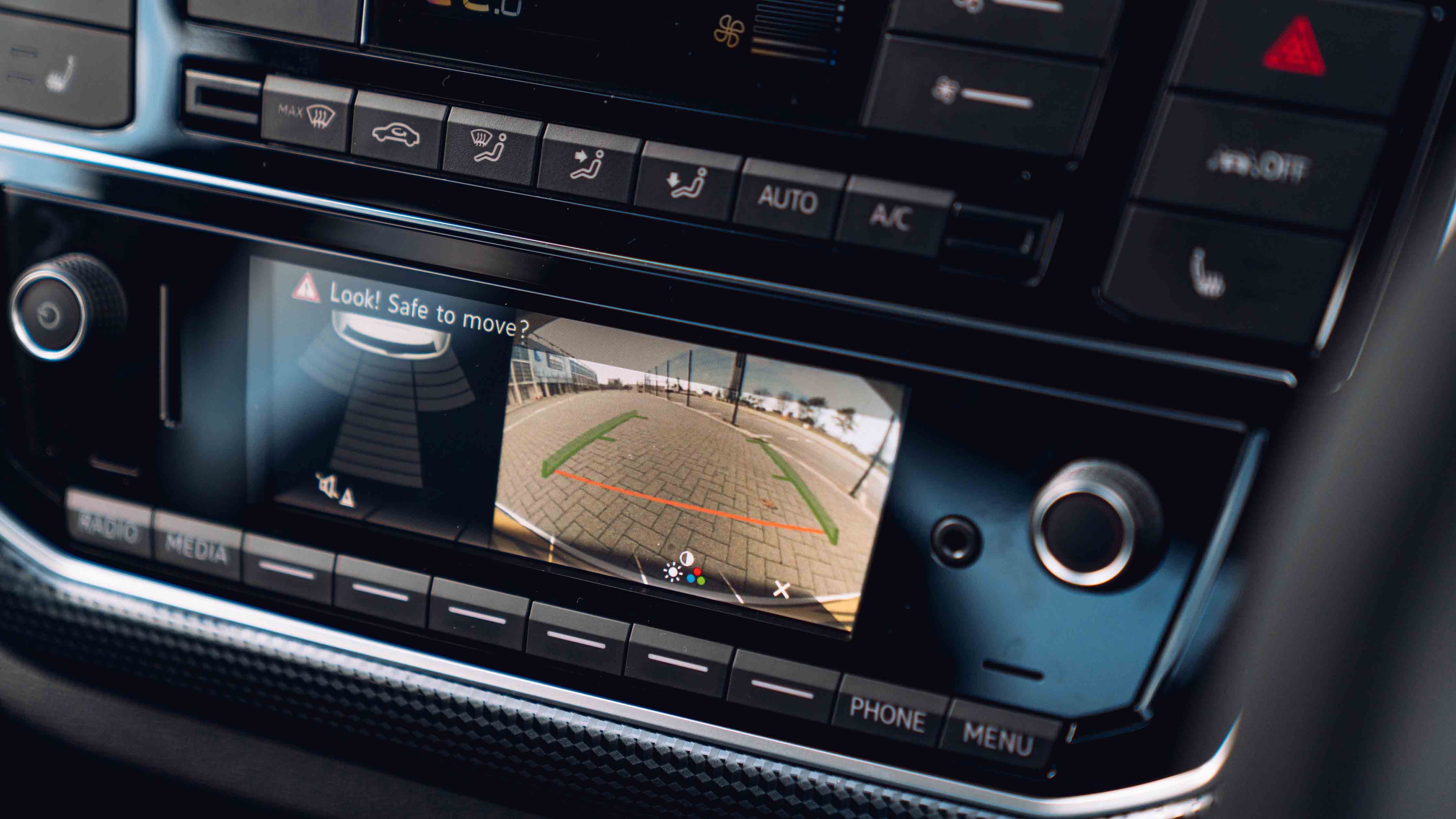
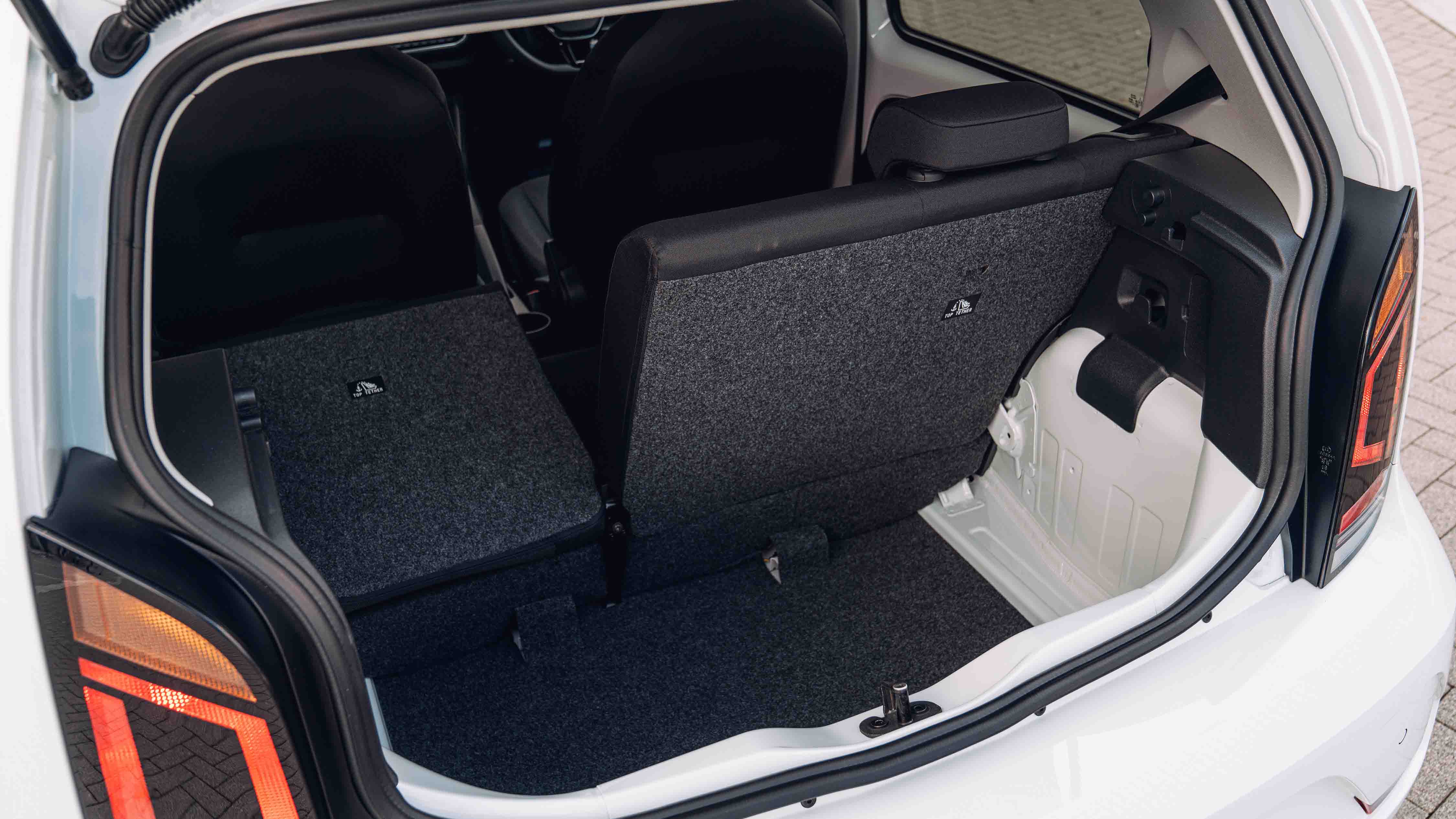
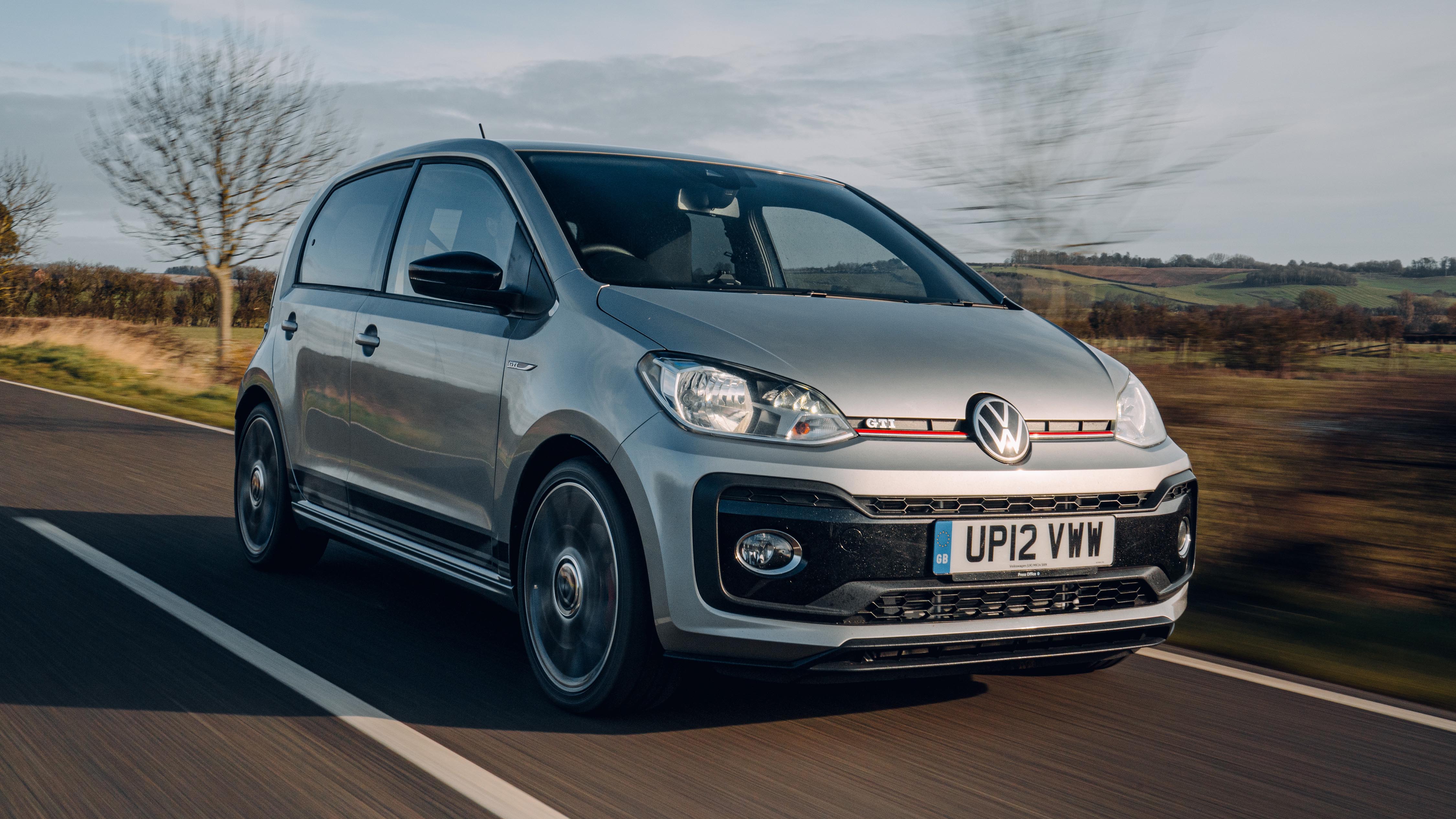
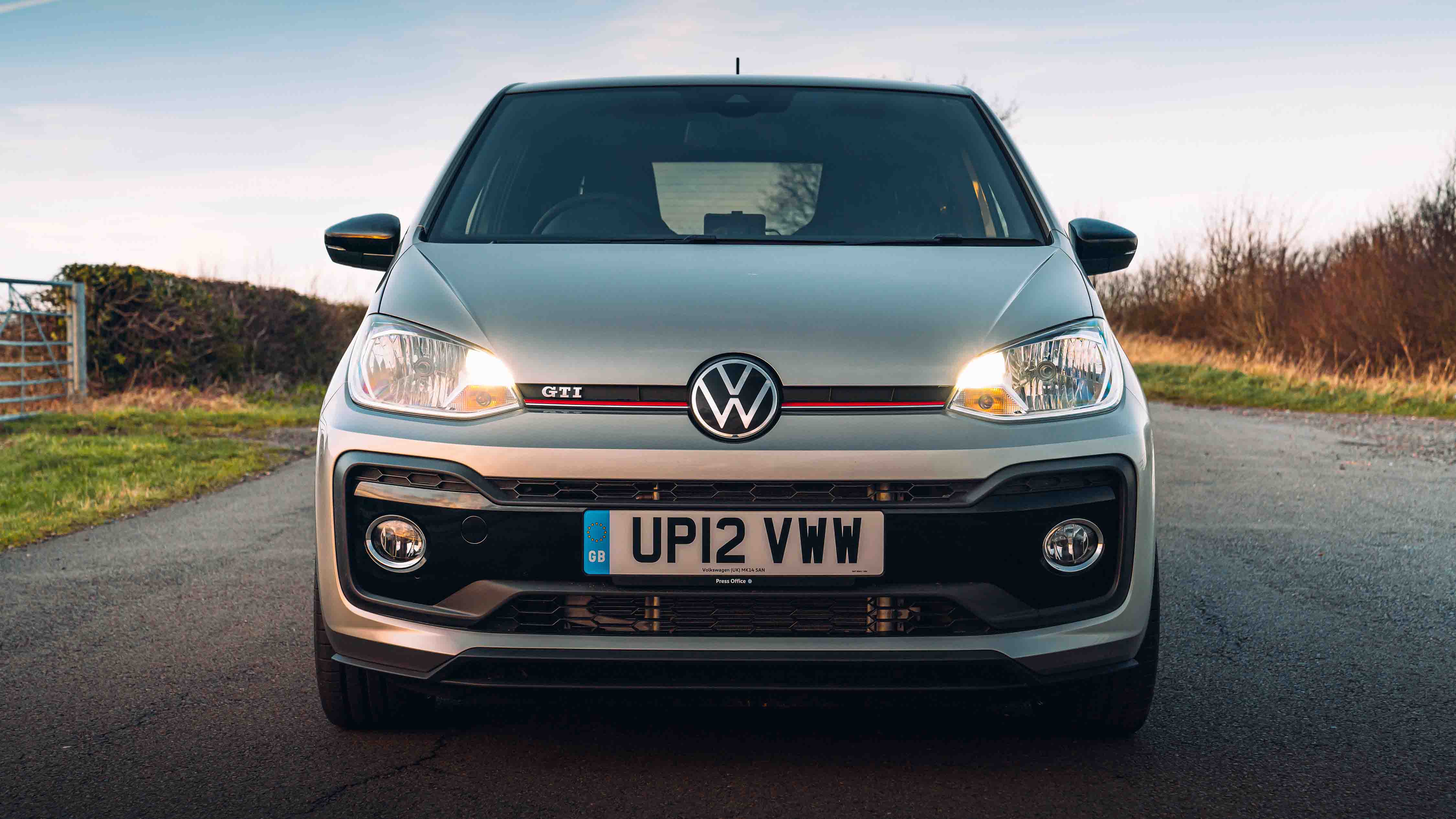
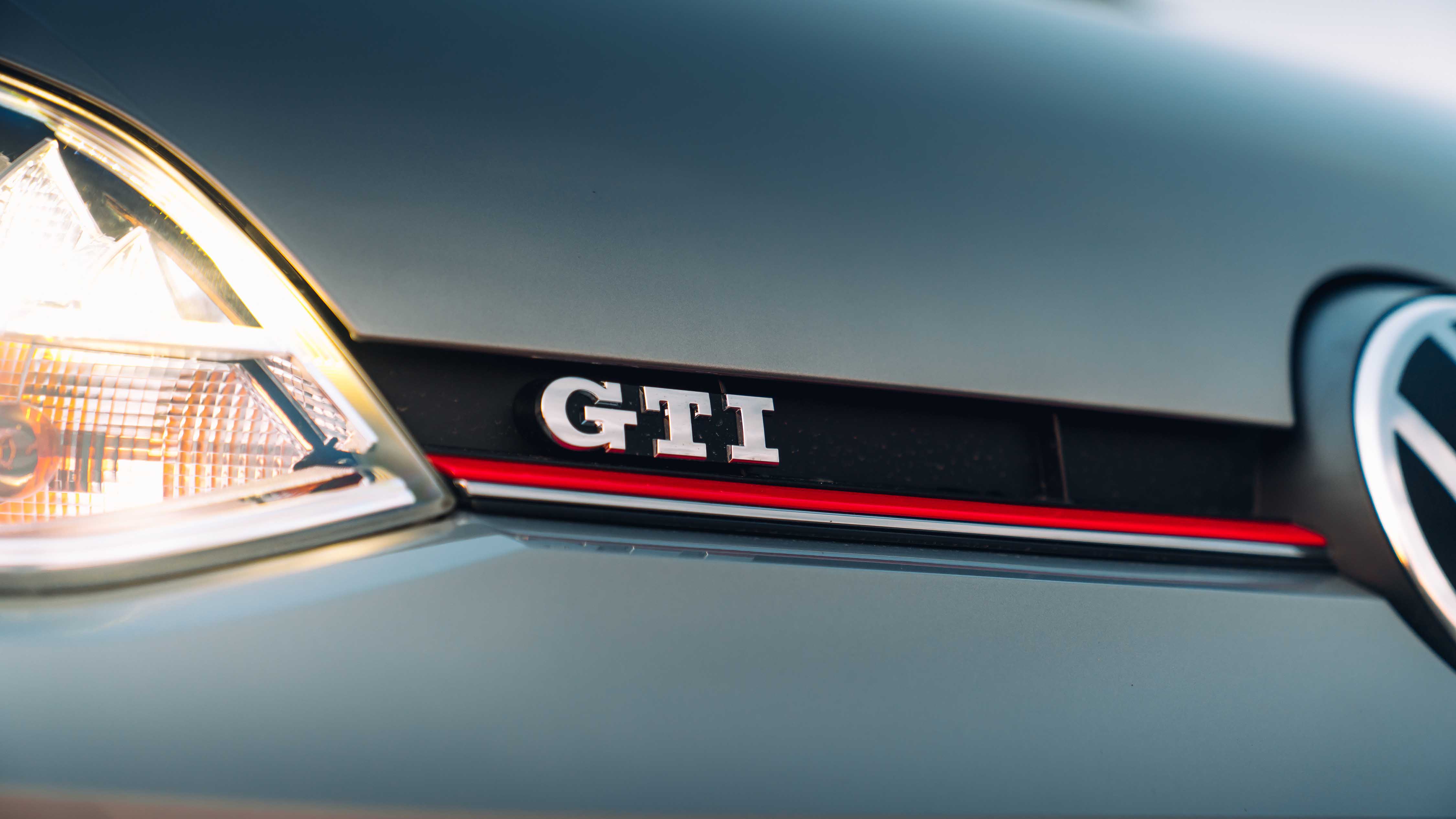
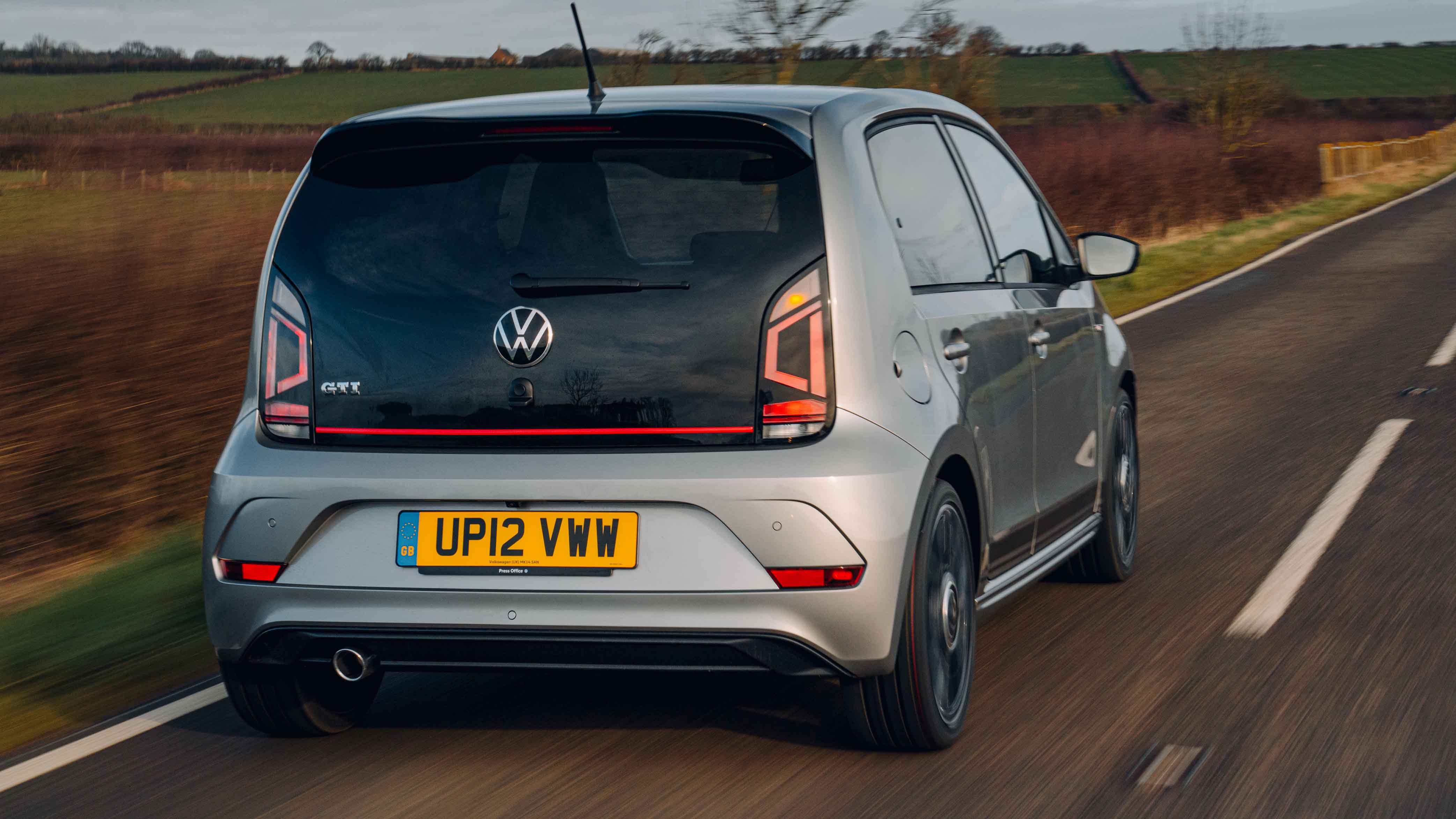
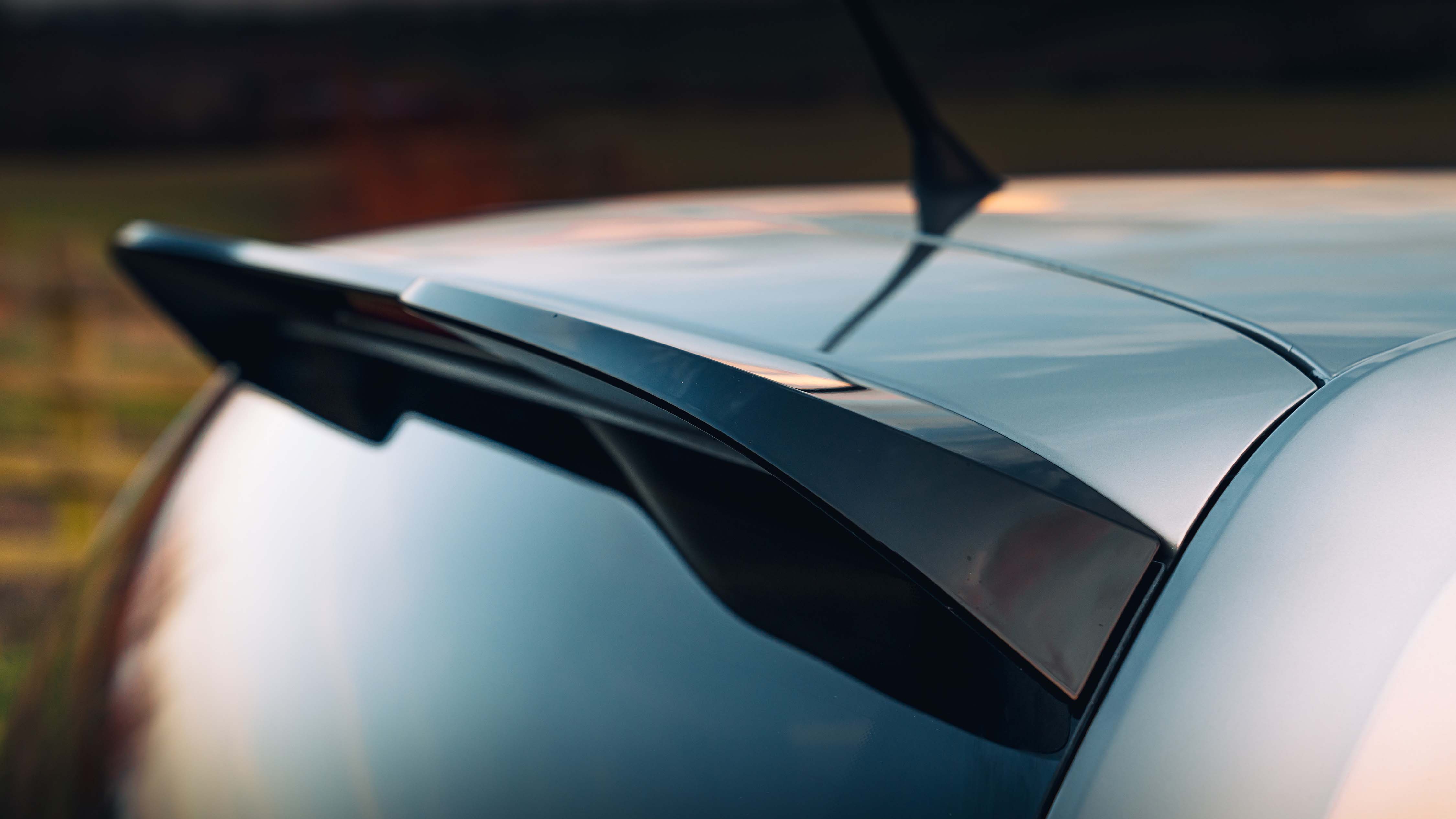
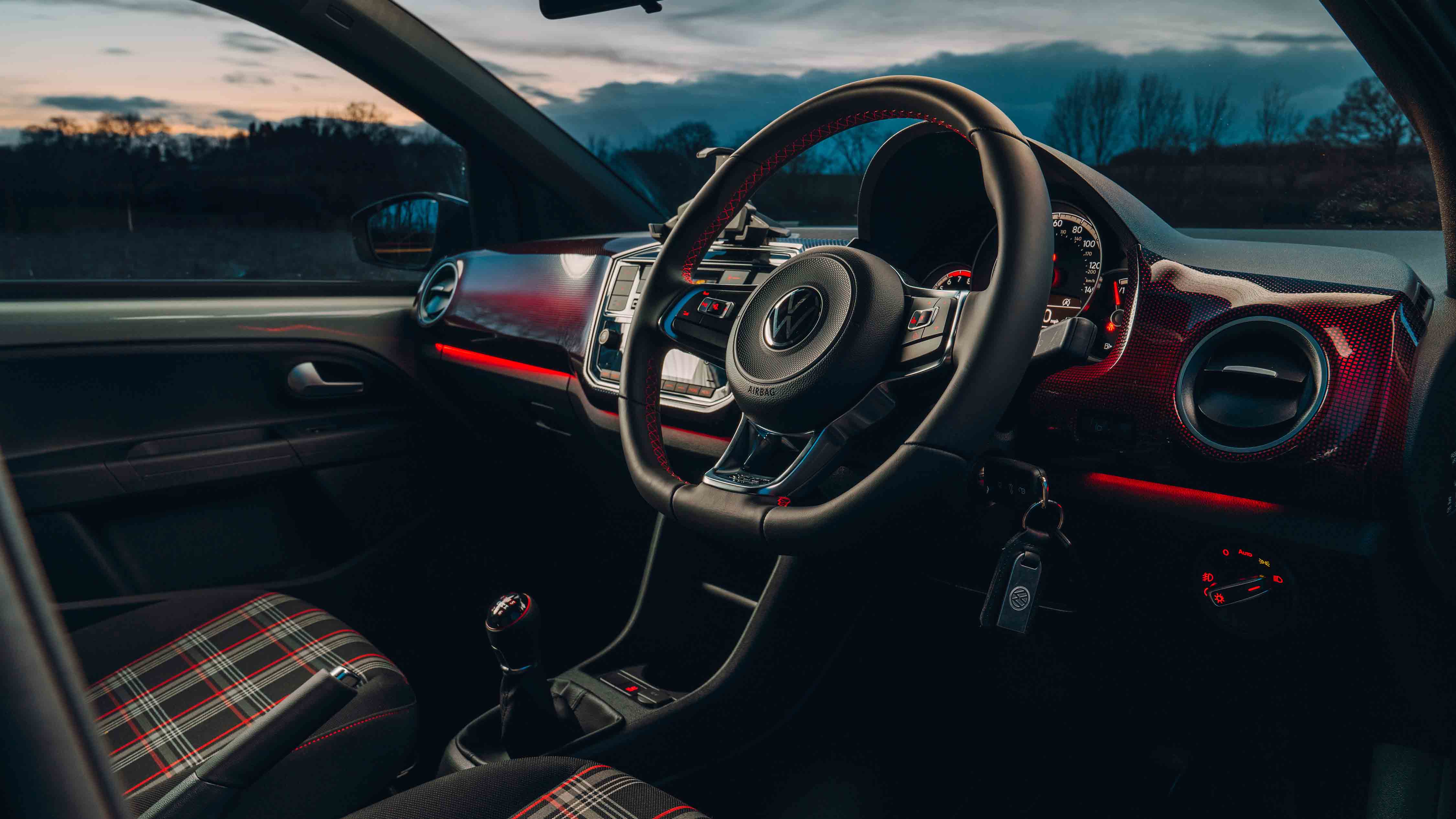
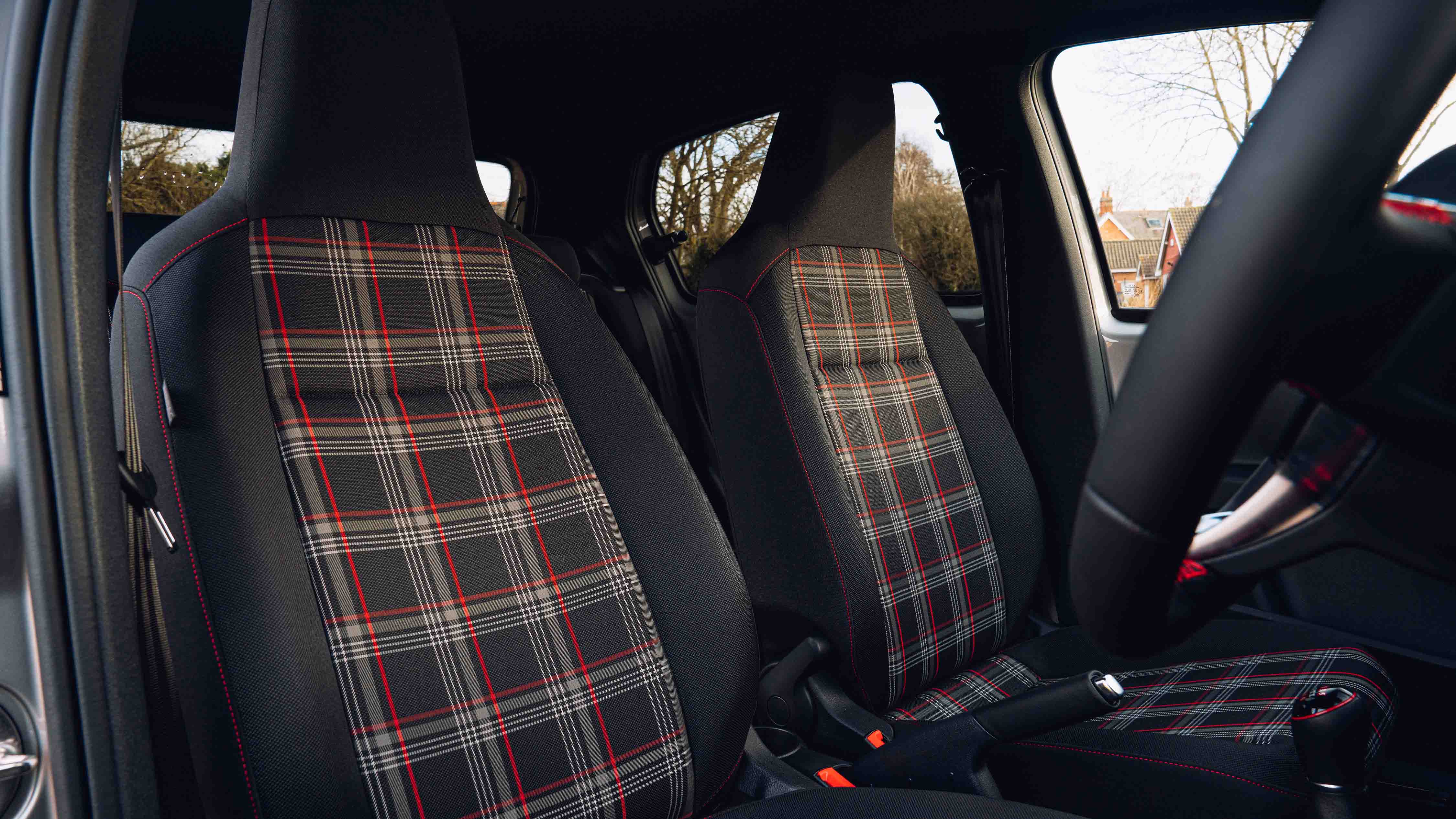
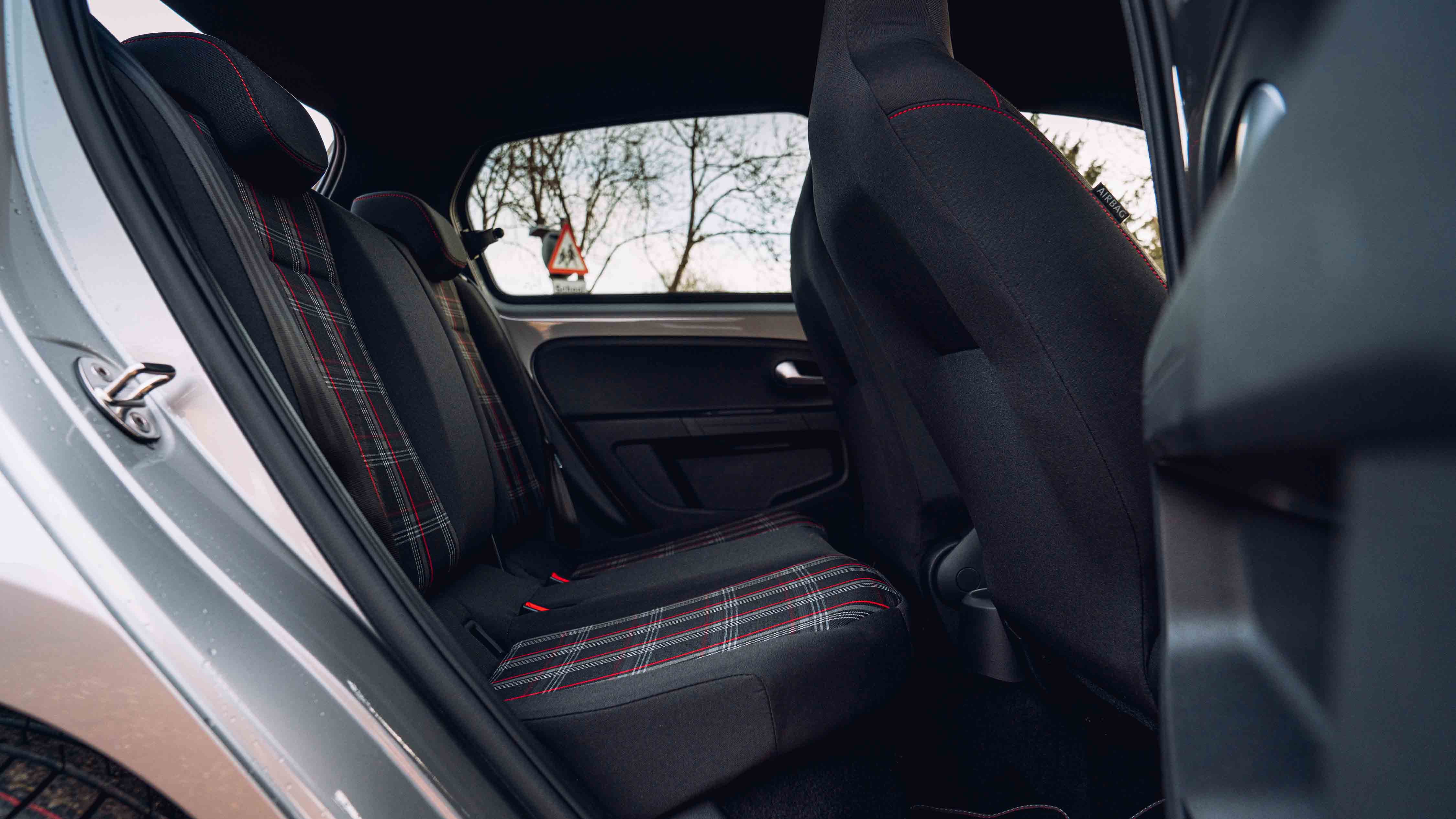
Used Volkswagen Up Review (2012-2023)

If you can overlook the fact that the basic design is well over 10 years old, the Up is a fantastic city car with petrol and electric derivatives.
It feels like a small car in the city, a big car on faster roads and a junior sports car if you pick one with a GTI badge
- Practical for its size
- Cheap to run
- Fun to drive
- No touchscreen
- More expensive than rivals
- Feels dated
Should I buy a used Volkswagen Up?
The Volkswagen Up’s cute, boxy styling makes it look like a matchbox on wheels, and its face is cheeky and welcoming. That alone is a reason to buy one, but the Up offers so much more than a happy outlook.
Its squareness and bluff rear end make it surprisingly practical. VW shoved the wheels right out into each corner, freeing up the most possible space for passengers. Despite only being 3.6 metres long, four adults can sit comfortably in an Up. Behind them, the 251-litre boot is short and deep, but it’s a more usable space than you might initially think.
"You’ll have plenty of time to admire your surroundings if you’re getting up to speed, but the Up will happily sit at a steady cruise on the motorway"
And because it’s one of the shortest cars on the road, the Up is easy peasy to park. Never fear the parallel park again, because the almost completely vertical rear end gives you confidence that you know exactly where the back of the car is. Even if you drive an Up without any parking sensors.
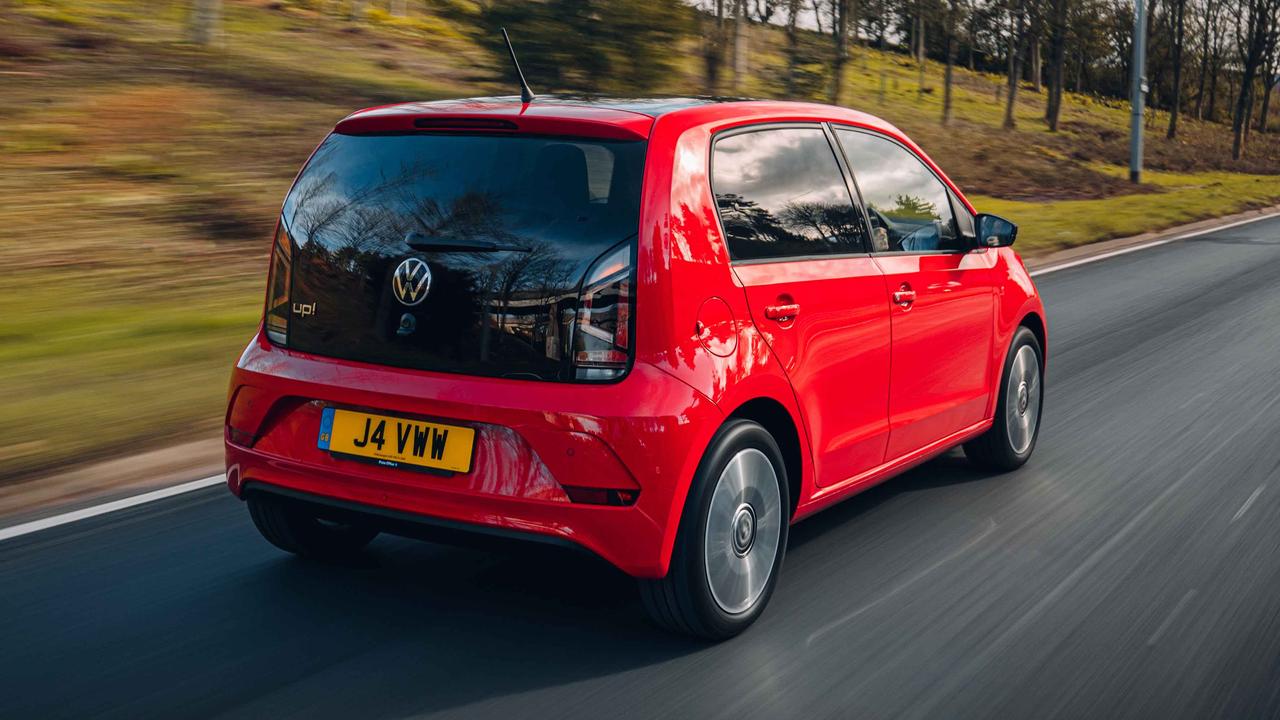
Visibility all-round is pretty good, which is ideal for congested city streets full of cyclists and kamikaze fast-food riders. It gives you confidence in your surroundings and stops you feeling like you’re in a sardine can made of wet tissue paper. Because the Up is even quite safe for a small car – it might lack the driver assistance tech to get a five-star Euro NCAP score, but the bodyshell is strong and rigid. As we found out when we got rear-ended in one…
Further forward, the Up gives you a 1.0-litre petrol engine, with varying power outputs (including a GTI hot hatch version!), or a fully electric powertrain. The electric e-Up is an even better city car than the petrol one, because its 82hp e-motor provides instant power. And, of course, you’re not emitting any exhaust emissions. Both electric and petrol options are very cheap to run, and most models have cheap insurance.
The Up feels like grown-up motoring but with paper-round running costs – it’s like VW has left the essentials off the spec list and given you all you need with nothing you don’t. In most areas, it’s fantastic. Just make sure to check out the Skoda Citigo and SEAT Mii, too, because these are the same as the Up but cheaper.
Interior and technology
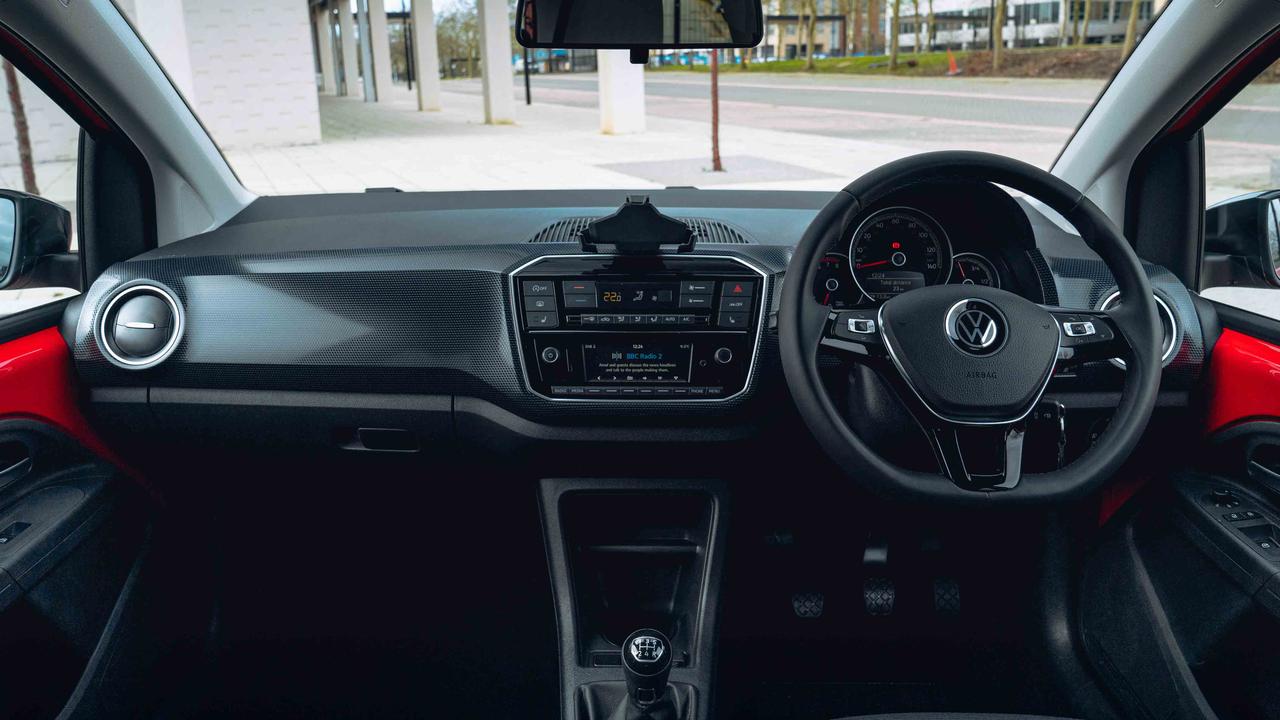
Compared to the latest city cars, such as the Hyundai i10, Kia Picanto and Toyota Aygo X, it’s clear that the Up is an older model. In fact, it launched in the same year as the London Olympics, which feels like a very long time ago now…
The Up has never had the option of a plumbed-in touchscreen, for example. Earlier cars had the option of a screen that sat on top of the dash, which had the graphics from a Nintendo 64 and the loading times of a tortoise on valium. More recent cars have simply offered a phone holder, which at least keeps costs down. It would be nice to have Apple CarPlay like you get in the cars just mentioned, but a modern smartphone is a pretty good replacement for an infotainment screen.

Instead, there’s a five-inch screen with Bluetooth and DAB radio, plus USB, SIM and AUX inputs for media playback.
Standard equipment on recent cars includes 15-inch alloy wheels, LED daytime running lights, a height-adjustable driver’s seat, air conditioning and a cooled glovebox. White Edition and Black Edition cars add tinted windows, 16-inch wheels and a contrast-coloured roof. Meanwhile, the Beats edition adds a wicked 300-watt sound system, ambient lighting and exclusive detailing inside and out. Top-spec R-Line gets lowered sports suspension and heated front seats.
The materials are understandably cheap, but are hard-wearing and easy to keep clean. What’s more, build quality is good and even an early Up still feels sturdy, with few if any rattles and squeaks.
Practicality
For its size, the Up is extremely practical. It’s only a four seater but four adults can comfortably fit in the Up – although, as you’d expect, there’d have to be some compromise if one or more occupant is tall. Five-door cars are much easier to get into the back seats, but three-door cars have front seats that remember their position before they were folded forward. You don’t get that in a Fiat 500.
As we’ve mentioned, the slim but deep boot is surprisingly useful. You have to be careful how you pack it – you’ll want to put the toilet roll at the bottom and the eggs and crisps on top – while the deepness of the boot might not suit everyone. If you have a bad back, for example, you might not want to bend down to retrieve items from the bottom of the boot floor. A false floor is available but rare. Find one and it negates the load lip, and creates a flat floor when the rear seats are folded.

The Up’s square shape isn’t just good for passengers – it also means the dinky VW is pretty good for carrying stuff as long as you’re happy to load it to the roof. A VW parts company even uses Ups as pintsized vans.
If you’re planning to use the Up for carting kids about, it’s good to know that there are two sets of Isofix points on the rear seats. A five-door Up is a better choice than a three-door Up, even if its narrow doors make it a bit of a squeeze to install a child seat.
Upfront, there’s a decent amount of storage – a usable glove box, a large central cupholder, a small shelf and useful door bins.
Engines and performance
Petrol-powered Ups all come with a 1.0-litre engine. The majority are naturally aspirated and have either 60 or 75hp – a rare 90hp turbo version was briefly offered too. It’s not a lot of power, but the Up weighs less than a tonne so it scoots along well. The 0-62mph time of around 15 seconds is largely academic, because this is a city car first and foremost – around town, the Up feels delightfully nippy.
You’ll have plenty of time to admire your surroundings if you’re getting up to motorway speeds and there’s not much power to overtake when you get there, but the Up will happily sit at a steady cruise on the motorway.
Driving and comfort

While hybrid tech is all well and good, sometimes we forget that a light car with a small engine is going to be really economical. VW promises 54mpg in mixed driving, and we’ve actually seen as high as 65mpg on a run. Replacement tyres and brakes are inexpensive, while the simple engine means there’s little to go wrong.
The Up excels on nearly any type of road. It has a tight turning circle for zipping through tight city streets, and quick, responsive steering that makes it feel like a go kart around corners. It’s genuinely fun at low speeds, and you have to drive it like an older car – it becomes a game to keep your momentum up on a country road.
Occasionally, the Up can be affected by crosswinds or lorry drafts at high speed, but for the majority of the time it feels like a bigger, more expensive car on the motorway.

































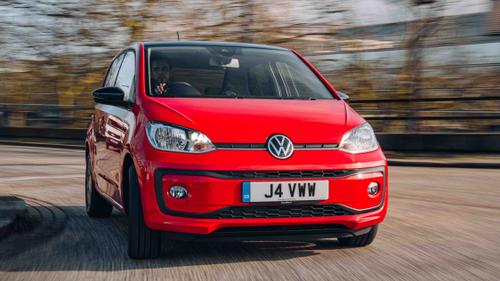

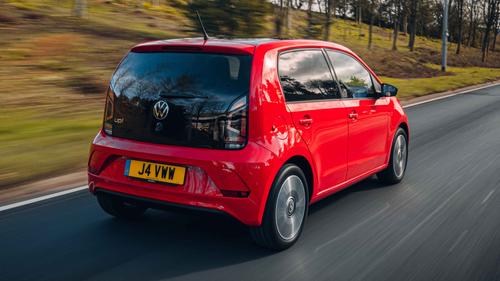


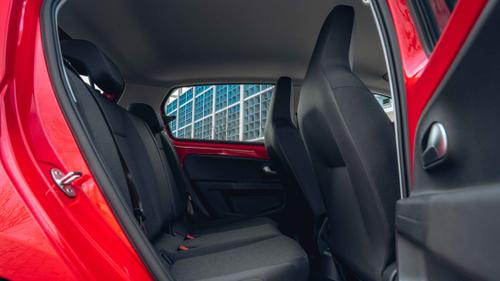



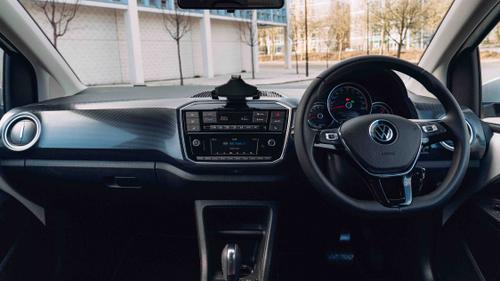






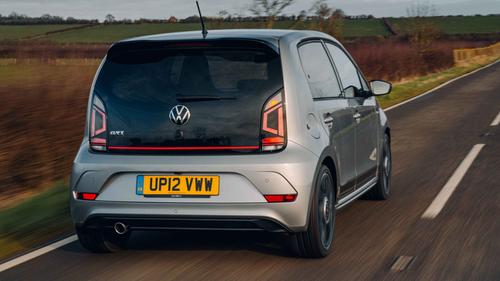
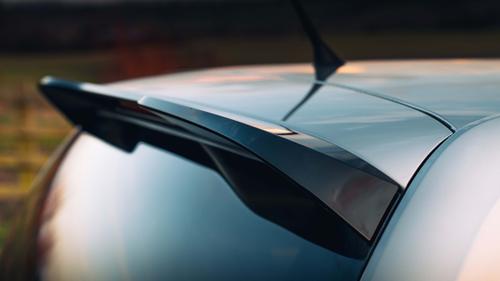
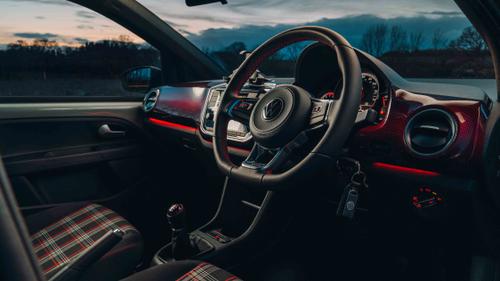

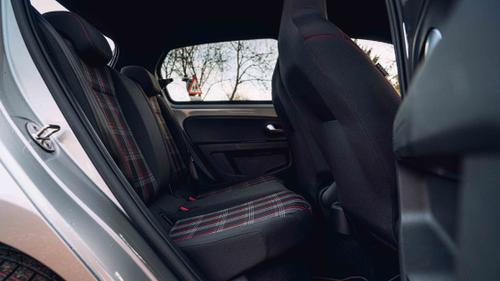



.jpeg&w=1440&q=75)


